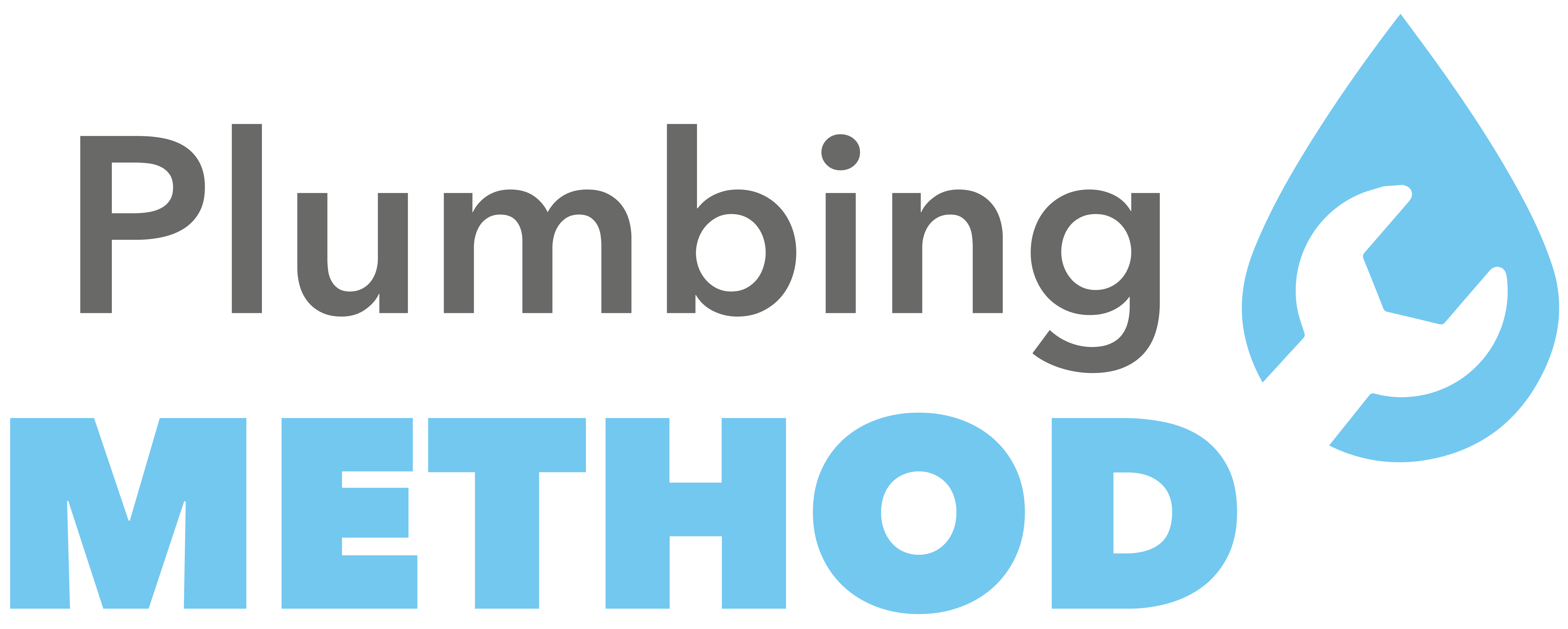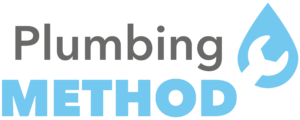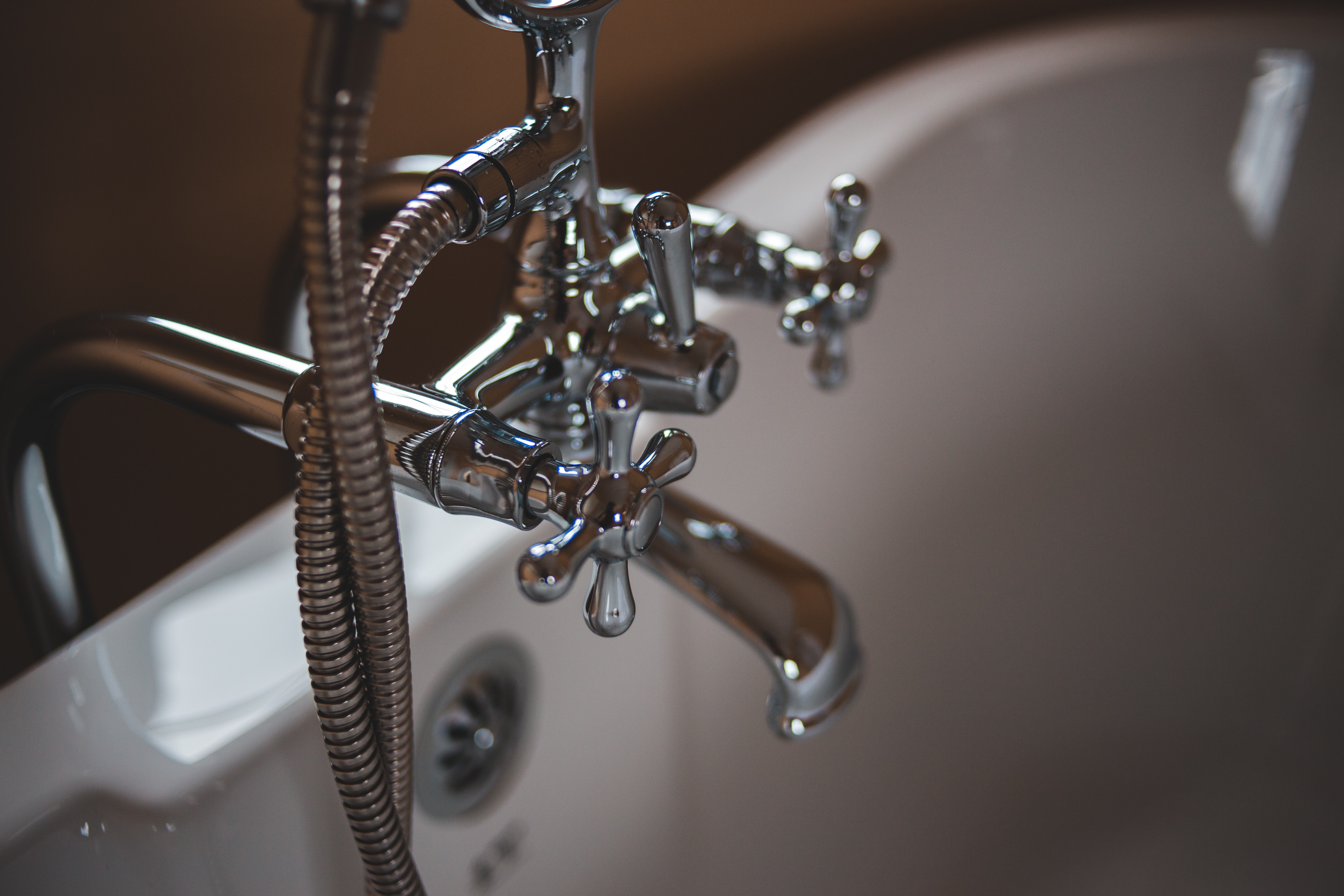Main Sewer Line buildup develops over time. Soap, shampoo, grease, food and other materials can lead to clogs or even damage your sewer lines. Unfortunately, this common cause of sewer and drain pipe damage often isn’t caught until its too late. An annual inspection, which includes our main sewer line camera, can help us catch potentially expensive buildup in the early stages.
Protecting Your Property’s Removal Processes
Drain pipes help remove wastewater and any other used water out and away from the house. These are traditionally through the sink, toilet, and bathtub drain pipes. When clogged or malfunctioning, you will notice a slower or incomplete process of draining these fixtures. This can lead to property and personal problems if prolonged neglect continues. Plumbing Method provides expert drain repipe services to ensure that your property doesn’t experience additional or continued damage.
Potential Issues Of Outdated Drain Piping
- Health Risks
- Sewage Smell
- Slow Drainage / Complete Clogging
- Overflowing / Flooding
- Leakage
- Quick Filling
- Decay
- Visible Corrosion
- Pipe Splits
- Presence of Flies, Bacteria, and Sewage Bugs
Drain Pipes
Drain pipes carry water out of your home and into the city sewer system. It is important that drain water is disposed of properly. Leaking pipes, water damage, clogged drains, mold growth, and accidental cross-connections between wastewater and drinking water can pose serious risks to the health and safety of your family. Older homes often have cast iron or galvanized steel lines, which will eventually corrode over time. As rust deposits build up inside, the drain becomes clogged, the pipes will eventually rust through, and the pipes will begin leaking.
Backing Up?
Meanwhile, the drains, sinks, and toilets in your home begin to back up during this process. Underneath the house, the leaky sewage will give off a hideous odor, and if not remedied right away, it can cause significant damage to your home.
Expert Tip: If you are remodeling your home or doing a repiping service to the other fixtures inside, it is the perfect time to replace your plumbing drain lines with a repipe as well!
Superior Materials
Plumbing Method will use either long-lasting cast iron or durable ABS for the repiping of drains in your home. Cast iron has excellent sound-suppression quality, while ABS piping brings a more cost-effective strategy into your home. Both are great options, so it is really up to personal preference and budget.
Drain pipes are important components of plumbing infrastructure for maintaining the health and safety of those living in your home. Proper disposal of drain water helps protect against clogged drains, leaking pipes, mold growth, water damage, and cross-connections (drain water and drinking water coming into contact with each other).
Expert Installation
Properly installing a drain system protects the health and safety of the entire community, in addition to the homeowner. Drainage systems are most often on a gravity flow system. If you have small leaks or corrosion on your drain pipes they may not leak, or leak very little. But if a main sewer system stoppage accrues, this gravity flow line will now be under pressure and can shoot water out of small pinhole leaks or crack as if you turned on a faucet.
Don’t Chance Safety And Usability Any Longer!
Plumbing Method is here to help you repipe your draining systems already present in your home. It’s extremely important to hire a company that puts in the proper time and care to get the work done correctly, as it is a long-lasting implementation if done correctly. As a commitment to the quality of our service, we offer a guarantee on all of our services – simply contact us for full details on all of our promises. Let us give you a free estimate on all of your needed services today!
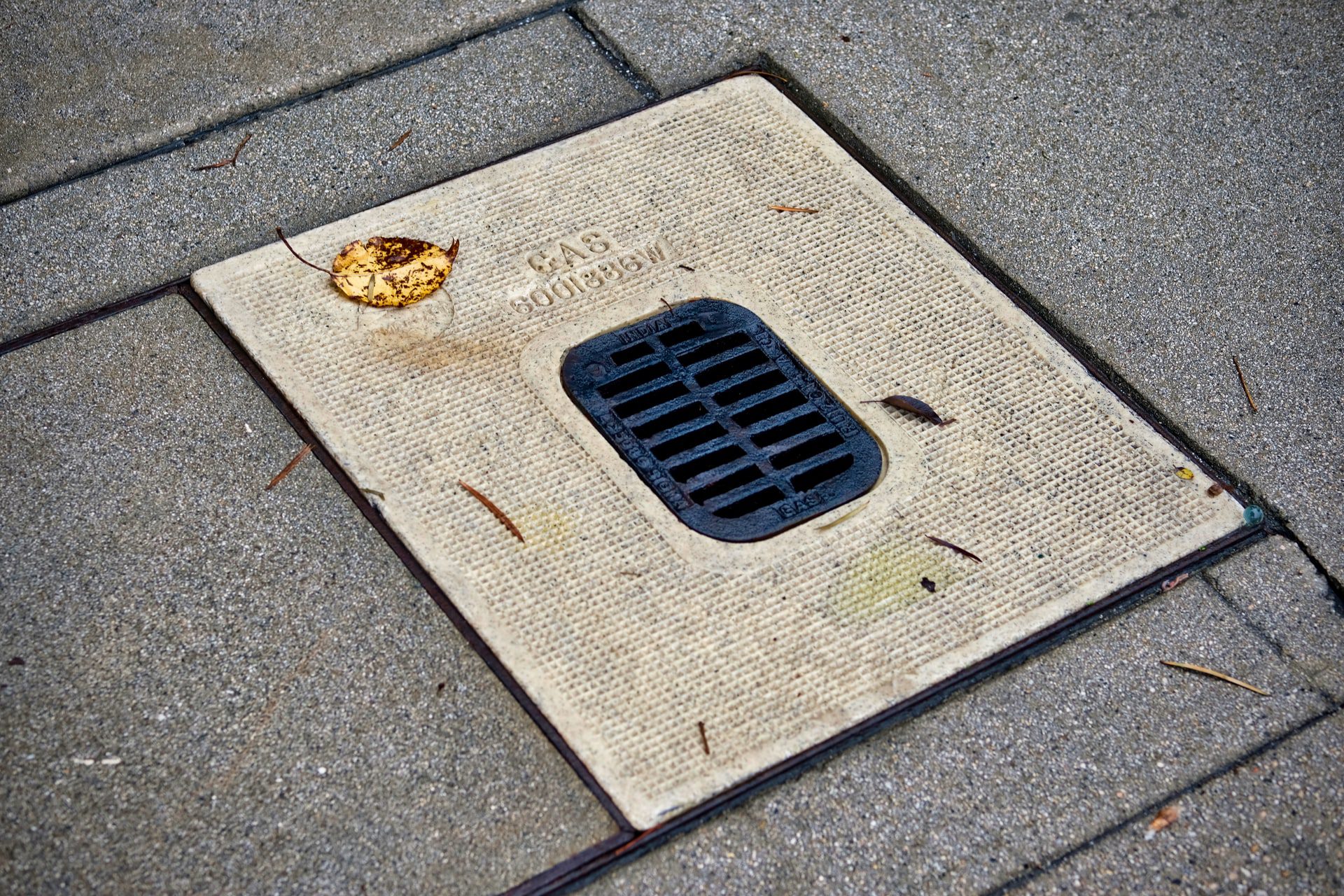
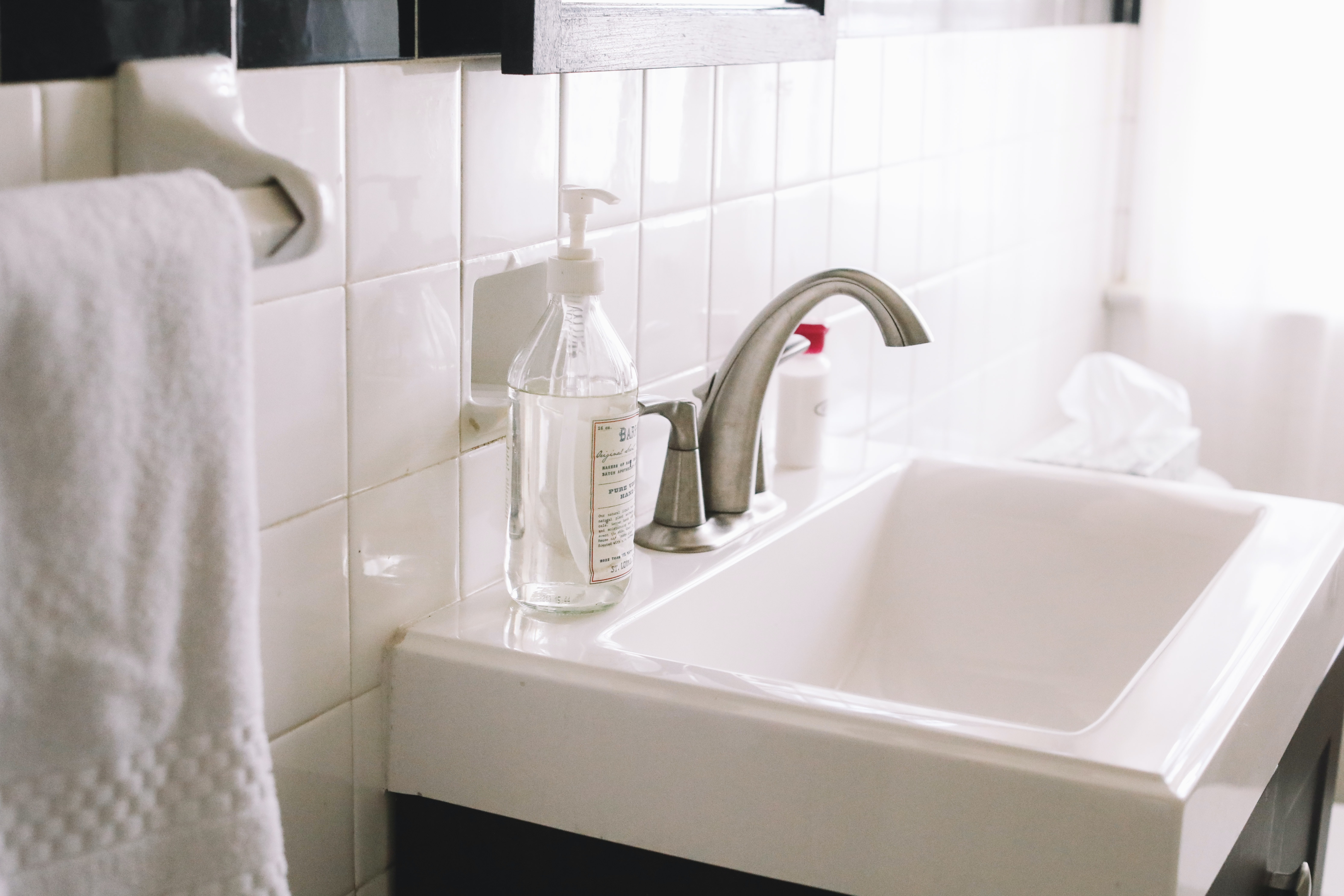
Simply put, drains were designed to drain water – and water isn’t always the only thing going down. Granted, there’s not always much you can do to avoid this. There are certain things you can do proactively to lessen the chance of a clog. Before we explore those options though, let’s take a look at three types of drains and some common reasons why they clog.
Kitchen Sink Drains
Kitchen sinks put up with a lot of abuse. Think about it… they endure grease, food products, paper products, and just about everything in between. It’s not hard to imagine why all of that stuff might lead to a clog every once in a while, especially if your sink drain has a smaller diameter than average drain pipe.
Bathroom Sink Drains
Bathroom sinks don’t have to deal with as many types of debris, but they do have to deal with an entirely different mess: human hair. Human hair has this nasty habit of clinging to everything it comes in contact with, including inside sink drains. Length is almost irrelevant. Long or short, your drain will clog if there’s enough hair.
Bathroom Tub Drains
Bathroom tubs have to deal with a lot of hair as well. They are also susceptible to many different kinds of bar soaps. Believe it or not, a tiny chunk of bar soap can last quite a while in a drain, especially if it starts building up. Between hair and soap, which are akin to brick and mortar, tub drains can clog easily if you aren’t careful.
These are some of the most common reasons your drain might get clogged. Other reasons include accidently dropping a foreign object into the drain (jewelry, contact lens case, cell phone, etc.). In other cases, the clog might be caused by the shape, length, and diameter of the pipes themselves. The more sharp turns and bends there are, and the smaller diameter the pipe is, the likelier you will experience consistent clogging issues.
Stopping and fixing a leaky pipe, while two very different processes, can prevent damage to your home, your time, and your wallet by temporarily or permanently resolving the problem at hand.
Stopping the Leak (The Temporary Solution)
Upon discovering a leak, stopping the leak should be your first priority whether the plumbing project necessary to fix it is big or small. Stopping a leak with the following steps prevents further water damage, the waste of more money, and makes replacing the pipe in the future a much simpler process.
Fixing the Leak (The Permanent Solution)
While stopping a leak with the steps above is a great temporary fix for small leaks, time sensitive projects, and inexperienced individuals, it does not guarantee a permanent fix to your water leakage problem. This is due to the fact that usually when one leak is fixed, other leaks will spring up in other places because the whole section of pipe needs replaced due to corrosion. Because of this, we first recommend that you immediately contact a professional plumber after temporarily stopping a leak.
One of the most common–and most upsetting–plumbing problems you can have in your home is when something goes wrong with your toilet. Whether that’s your toilet overflowing, running continually or leaks around the seal at the base of your fixture, toilet repairs are not something that you can postpone.
Common toilet repair issues
- Toilet continues to run. When your toilet continues to run, it’s likely that your float, refill tube and/or ballcock need to be replaced.
- There is water pooling around the base of your toilet. Water collecting on the floor at the base of your toilet usually means that the seal is wearing out and needs to be replaced.
- Phantom flushes. Phantom flushes, when the toilet flushes seemingly by itself at random intervals, is usually a sign that there’s a slow leak between the tank and the toilet bowl.
- The water is slow to fill the bowl. A toilet bowl that is slow to refill is a sign that there is debris clogging the plumbing leading to the toilet bowl.
- The toilet is clogged. Serious clogs require an industrial-size auger to push the debris that’s clogging the pipe down into the larger sewer pipe.
Fixing your toilet quickly and reliably requires the skill and training of a professional plumber. However, that doesn’t mean that you have to spend a fortune or have your house torn up for an extended period of time. To learn more about affordable, easy toilet repair solutions, call Plumbers today.
Basically, when something is obstructing the flow of water inside your drainpipe, it causes the water to drain slower than usual. This creates air bubbles inside the main drain and that’s the gurgle you hear.
What causes a partial clog?
There are a number of things that cause a blockage inside your plumbing system: hair, dirt, food, and soap particles are a few of many.
If you suspect the clog is minor and you know what you’re doing, you could try removing the clog using a plunger the right way. If a good plunge does the trick, nice job!
If this does not fix the problem, you probably have a heavy clog that requires the knowledge and tools of a trusted plumbing professional.
Important warning: Do NOT pour commercial drain cleaners down your drain—these chemicals contain toxic fumes and can seriously damage your pipes. Plus they usually only remove enough of the clog to get your drain running—and then clog again later.
